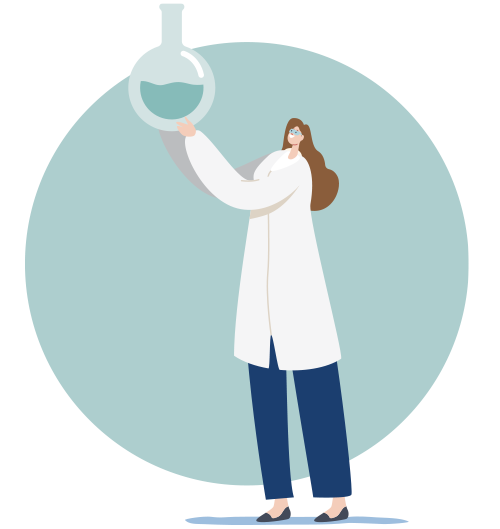Medical Lab Assistant Job Duties
Medical lab assistants play an essential role in healthcare. Assisting medical lab technicians, they’re responsible for sampling, testing, measuring, recording, and analyzing specimens in cooperation with the rest of the laboratory professional team. Day-to-day job responsibilities include:
- Processing clinical laboratory specimens
- Performing routine and specialized tests
- Preparing and staining slides for analysis
- Performing phlebotomy
- Recording testing information
- Cleaning and restocking the lab facility
- Keeping inventory and ordering lab supplies
Work Environment
Medical lab assistants work with medical lab technicians and technologists, pathologists, phlebotomists, nurses, healthcare providers, and other healthcare professionals in a variety of settings, including physician’s offices, hospitals, clinics, corporate laboratories and other medical testing facilities. Depending on where they work, the typical schedule for a full-time medical lab assistant can vary, including working nights, weekends, and holidays since hospitals and healthcare facilities need to run tests and perform lab work at all hours of the day.
Pay Scale
The salary for this role varies based on facility, location, and experience, but the average annual salary is $40,593 per year.*
Industry Demand
Jobs in healthcare are in-demand and expected to grow over the next decade. The Department of Labor predicts the healthcare industry will add over 1.8 million new jobs by 2031.**
Documents
Ready to Get Started?
Call (800) 411-7073
to speak with a career advisor
*PayScale. “Average Laboratory Assistant Base Salary” Payscale.com. Accessed March 25, 2024.
Statements found on PayScale are not a guarantee of any post-graduation salary, in part because the data used to estimate salaries includes workers from differing educational backgrounds, levels of experience, and geographic areas of the country.
**Bureau of Labor Statistics, U.S. Department of Labor. “Healthcare Occupations.” Occupational Outlook Handbook. Accessed March 25, 2024.
Statements found in the United States Department of Labor Occupational Outlook Handbook are not a guarantee of any post-graduation salary, in part because the data used to create the Occupational Outlook Handbook includes workers from differing educational backgrounds, levels of experience, and geographic areas of the country.

